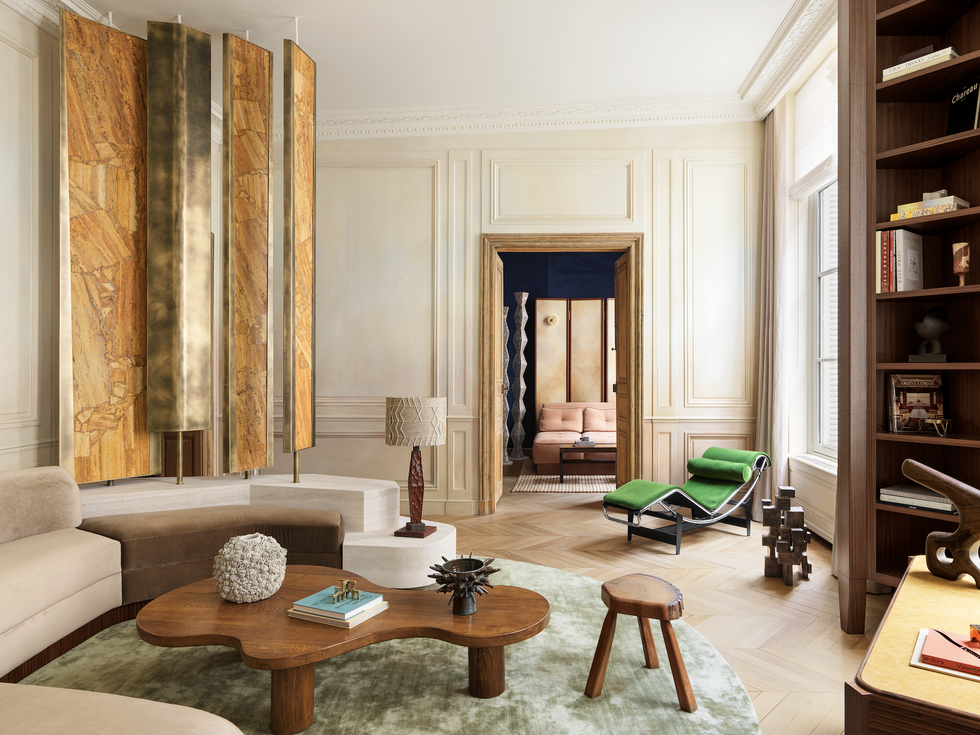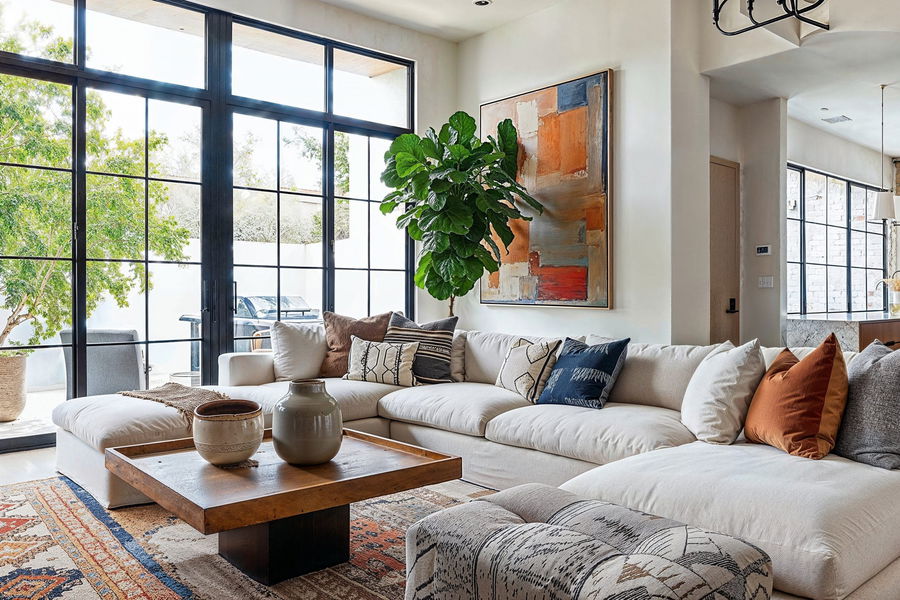Unleash Your Internal Developer With Space Designer Insights
Checking out the elaborate world of interior decoration can be a fulfilling journey, full of countless opportunities to change living spaces into tailored sanctuaries. Room Developer Insights use a detailed guide to understanding the subtleties of color psychology, furnishings positioning, lights techniques, and the art of mixing patterns and appearances. By delving into these insights, people can unlock the prospective to create areas that not only mirror their one-of-a-kind style yet additionally stimulate a sense of harmony and convenience. Let's dive right into the realm of indoor style and uncover the keys that can unleash your internal developer.
Comprehending Color Psychology
Evaluating the impact of color on human emotions and habits is essential in interior layout. Colors have the power to evoke particular sensations and established the tone for an area, making it essential for developers to comprehend shade psychology. Cozy colors like red, orange, and yellow can produce a comfy and welcoming ambience, best for social rooms like living areas or kitchens. On the other hand, cool colors like blue, eco-friendly, and purple can advertise relaxation and peace, making them optimal for rooms or home offices.
In enhancement to the standard color groups, different shades and tones can further affect state of mind. As an example, an intense, saturated color can stimulate an area, while a muted, light color can induce a sense of calmness. It is necessary to take into consideration individual and cultural differences when picking shades for a room, as particular shades might have various significances or organizations throughout various teams. By carefully picking and integrating colors based on their psychological results, interior designers can create impactful and harmonious spaces that deal with the emotions and habits of the occupants.
Furnishings Placement Tips
When organizing furnishings in a space, calculated placement can substantially affect the functionality and aesthetic appeals of the room. One key tip is to take into consideration the room's focal point, such as a fireplace, huge home window, or entertainment facility, and orient the furnishings around it. This creates a sense of equilibrium and accentuates the space's standout feature.

One more essential consideration is the range and proportion of the furniture. Ensure that the size of the furnishings complements the dimension of the space. Prevent overcrowding by leaving sufficient space in between items for a comfortable and visually pleasing design.
Illumination Techniques for Setting
Efficient illumination methods play a critical duty in setting the atmosphere and state of mind of a room, improving its overall ambience and performance. Ambient lights gives general lighting, often with ceiling-mounted components or wall sconces, producing a comfortable degree of brightness in the room.
Along with the kinds of lights, the color temperature level of light bulbs also impacts the ambiance. Warmer tones (around 2700-3000 Kelvin) develop a comfy and welcoming atmosphere, suitable for living rooms and spaces, while cooler tones (around 3500-4100 Kelvin) are a lot more stimulating and suitable for task-oriented locations like kitchens or home workplaces. By purposefully incorporating various lighting types and changing color temperature levels, you can transform a space into a functional and welcoming area.
Combining Patterns and Structures
To raise the visual allure and deepness of a room, masterfully incorporating a mix of patterns and structures can bring a interesting and vibrant facet to the area. When integrating patterns, think about the range and strength of each layout. Pair bigger, bold patterns with smaller, much more delicate ones to create a well balanced look that does not bewilder the eye. Mixing textures, such as smooth velvet with rough woven products, adds tactile rate of interest and can make a room really feel a lot more welcoming.

Bear in mind to layer patterns and structures thoughtfully throughout the space, incorporating them in things like rugs, throw pillows, curtains, and upholstery. This technique permits an aesthetically stimulating atmosphere that shows your one-of-a-kind design perceptiveness.
Customizing Your Space
Integrating personal touches right into your living space can change it right into a representation of your one-of-a-kind individuality and design preferences. Individualizing your area involves infusing components that resonate with you on a much recliner chair deeper degree.
Another method to individualize your area is by including shades that evoke certain emotions or memories. Whether you favor calming blues, invigorating yellows, or advanced neutrals, selecting shades that resonate with you can produce a more inviting environment. In addition, incorporating personalized style such as customized picture frames, monogrammed throw pillows, or hand-made crafts can additionally enhance the uniqueness of your area.
Moreover, don't underestimate the power of integrating elements that reflect your hobbies, passions, or cultural background. Whether it's a bookshelf loaded with your preferred reviews, a gallery wall showcasing your digital photography skills, or fabrics that commemorate your heritage, these personal touches can genuinely make your area really feel like home.
Verdict
Including color psychology, critical furniture placement, reliable lights techniques, and the art of mixing structures and patterns can change any kind of room into a aesthetically appealing and harmonious area. Personalizing the design further boosts the total visual, creating an area that shows individual design and character. By applying these understandings, indoor layout skills can be raised, resulting in a useful and aesthetically pleasing living setting.
Warm colors like red, orange, and yellow can create a comfy and inviting environment, ideal for social rooms like living cooking areas or spaces.When arranging furniture in a space, strategic placement can significantly influence the performance and looks of the area. By purposefully combining different illumination types and readjusting shade temperature levels, you can transform a room into a functional and welcoming space.
Additionally, consider the design of the space-- for a more standard area, opt for timeless patterns like stripes or damask, while a contemporary room might profit from abstract or geometric layouts. - Furniture Stores Near Me
Including color psychology, tactical furnishings positioning, effective lighting techniques, and the art of mixing patterns and structures can transform any area into a visually attractive and unified room.